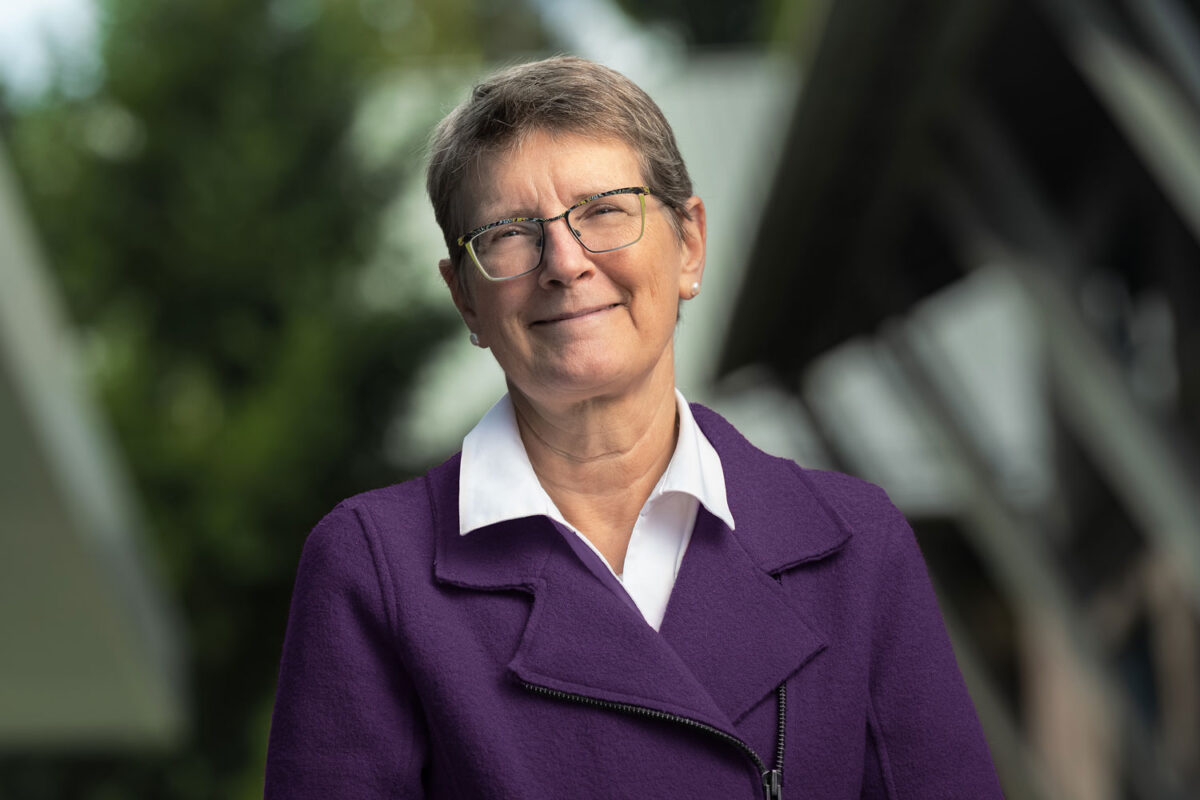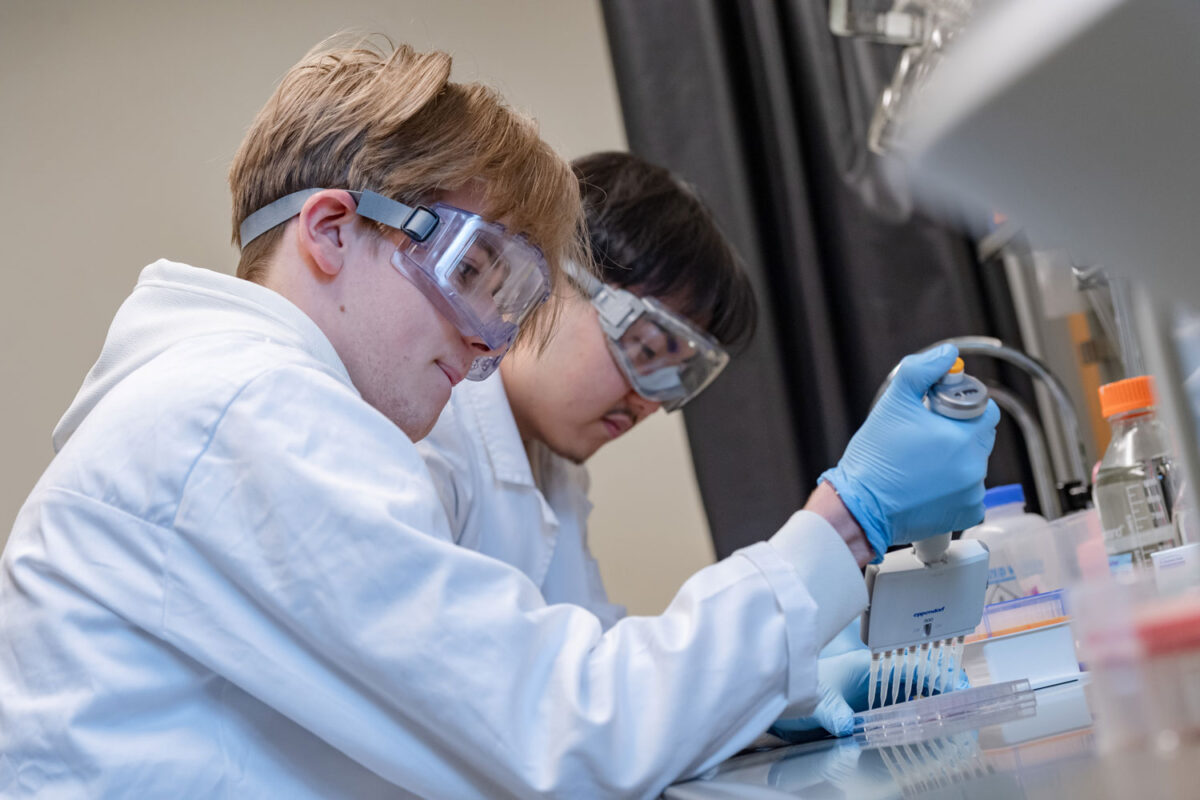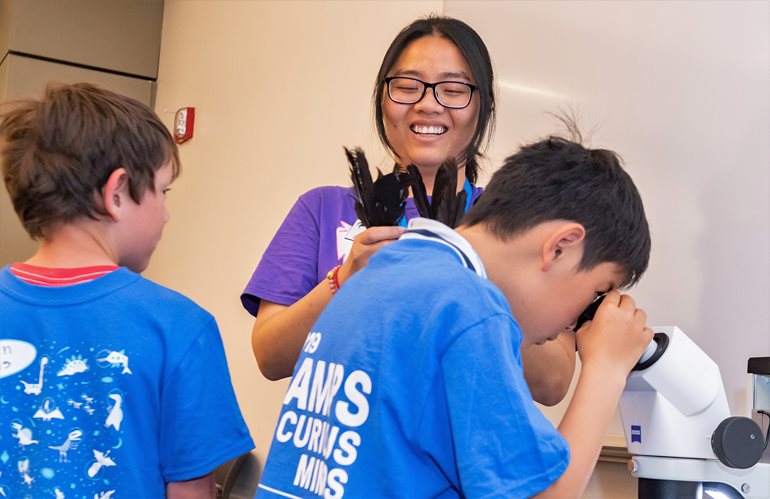
Like the crows they learned about, the young students at a Pacific Science Center summer camp held Aug. 5-9 at the University of Washington Bothell had sharp eyes and moved smartly.
In one activity, they looked at feathers under a microscope and compared details of a contour or flight feather from a crow with the down or inner fluffy feather from a guinea fowl. They then sketched the different patterns, making note of the interlocking barbs on the crow feather.
And then they were ready for the next lesson.
The more you know the more you crow
Crows are smart, quirky and mysterious, said Sara Verlinde, a project specialist with the UW Bothell Office of Research. She developed Crows: Caws and Effect, the newest of the summer camps that the science center holds for elementary school-age students. She created the program with student employee Jessica Rouske, a Biology major graduating this summer. It was inspired by the interest in the Crow Watch held last October on campus.
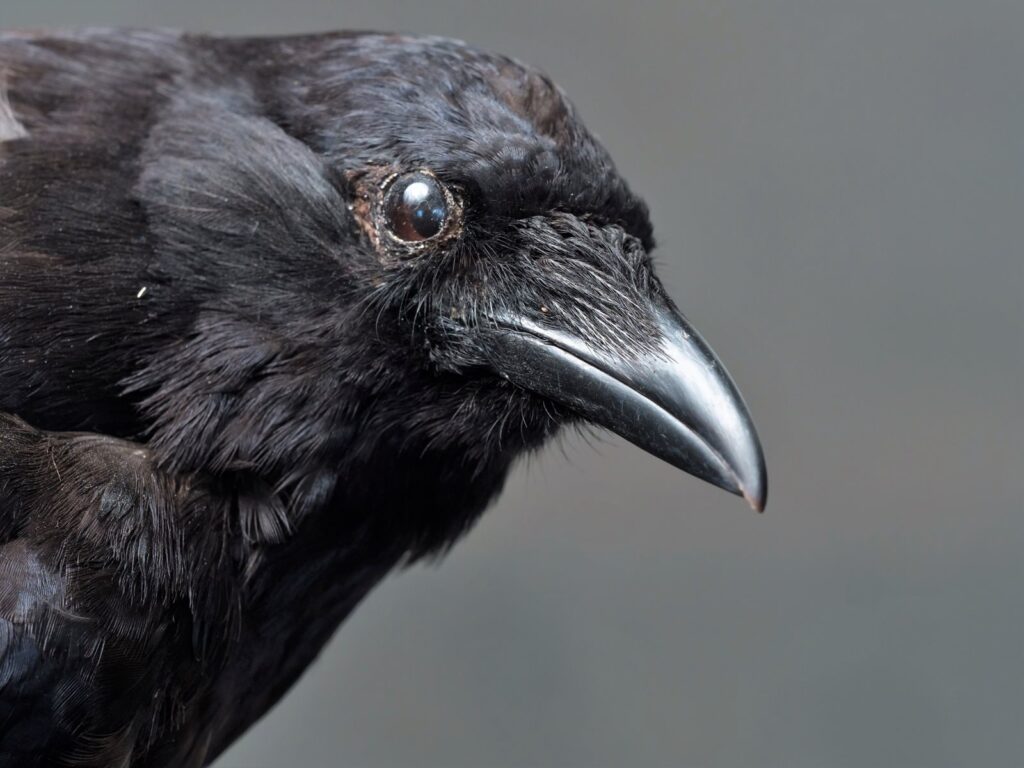
Many of the crow campers knew about the thousands of crows that roost every night in the campus wetlands, even though parents collected their children before sunset, when crows descend. Still, knowing the birds make the campus their home at night made UW Bothell a unique environment to learn all about crows.
The camp combined science and culture about corvids — all the members of the crow family, including ravens, jays and magpies. Ten fourth-grade and fifth-grade crow campers attended dozens of sessions that flew by in the weeklong camp. They included crow anatomy art projects, feather bookmarks, skull drawings, crow myths from around the world, crow and raven myth skits, and a trivia game called “Are you smarter than a crow?”
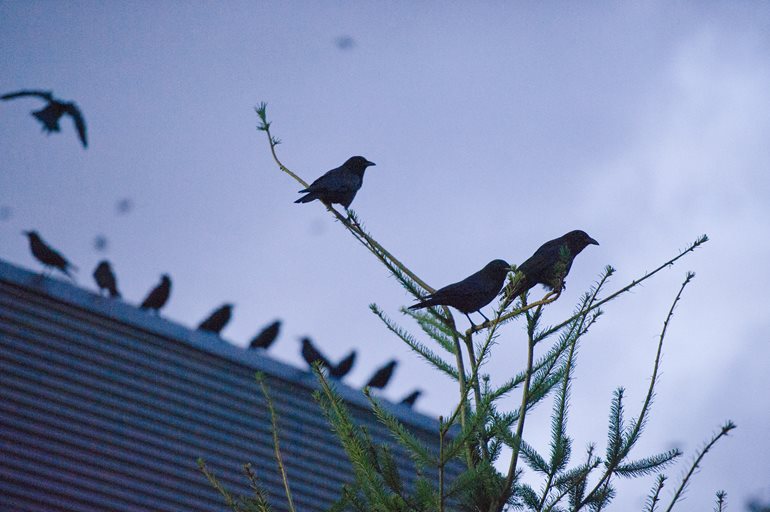
By week’s end, campers learned how the birds communicate and how they may use tools to gather food. Campers also explored representations of corvids in cultures around the globe and created crow-inspired art to take home.
The clever creatures inspire curiosity, said Verlinde, a 2015 UW Bothell graduate in Biology. For the camp, she included a reference to the crow communication research conducted on the roof of Discovery Hall by Doug Wacker and Shima Abadi, assistant professors in the School of Science, Technology, Engineering & Mathematics.
Raven about summer camps
Jenny Hughes, the youth and family programs supervisor for the Pacific Science Center in Seattle, said it has looked to UW Bothell for computer science camps. Three earlier camps developed by UW Bothell faculty and staff are VR Hackathon, Cyber Sleuths, and Java Coding and Video Games.
“This crow camp is our attempt to broaden that. We wanted to do it here specifically because of the culture around crows,” Hughes said. “This is another opportunity to grow our partnership and keep adding layers to it.”
The four camps developed by UW Bothell faculty and staff were among more than a dozen offered by the Pacific Science Center on the campus for three weeks in August. Serving campers from kindergarten through eighth grade, some of the other weeklong camps were Robotic Rangers, Weather or Not and Zombie Survival School.
Overall, the science center holds about 120 summer camps at eight locations in and around Seattle. It has been holding summer camps since 2012 at UW Bothell. Faculty and staff have developed camps for the science center since 2016.
Opportunity takes flight
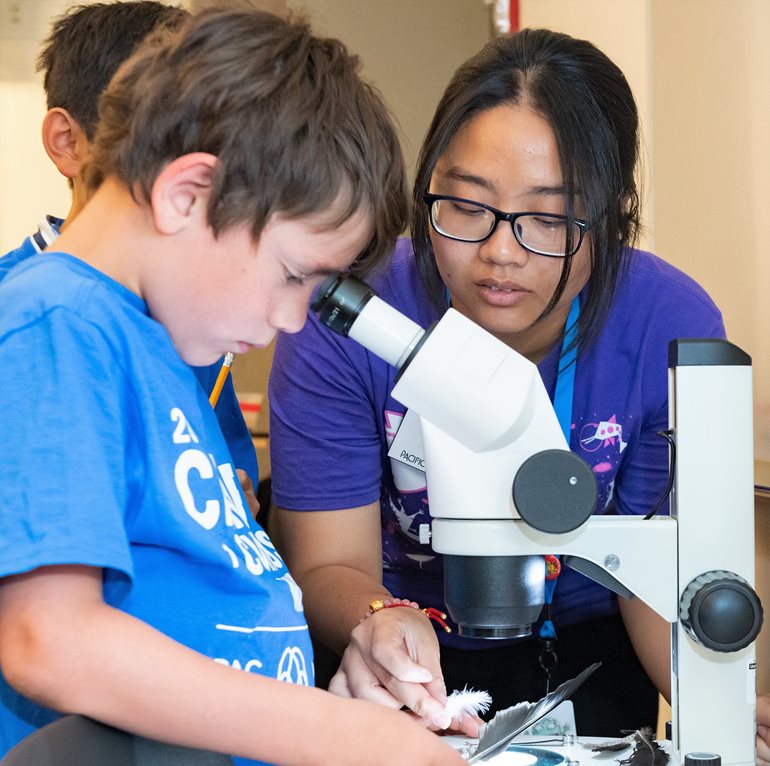
The science center hired eight UW Bothell students to help run camps this summer, Hughes said.
“It’s a great opportunity for profession-building and to apply some of their education,” Verlinde said.
One of the instructors was Nhu “Sherry” Ly, a Computer Science & Software Engineering major graduating this summer. In addition to the crow camp, she also taught at the Java Coding camp.
“I learn a lot from the kids. They teach me how to play games,” said Ly, who will continue at UW Bothell in the Master of Science in Cybersecurity Engineering program.
Get carried away
Unlike a lot of European and Nordic folklore where crows are associated with death, Native American stories describe Crow and Raven as characters who improve lives, although sometimes through selfish motives or trickery, Verlinde said.
“Raven brings fire to the world during a long winter spell — and scorches his wings turning him black. Raven was hungry and tricked an old woman to start the tides so they can harvest food from the ocean’s edge,” Verlinde said. “Crow speaks on behalf of the animals to only consume what the people need and not waste the animals.”
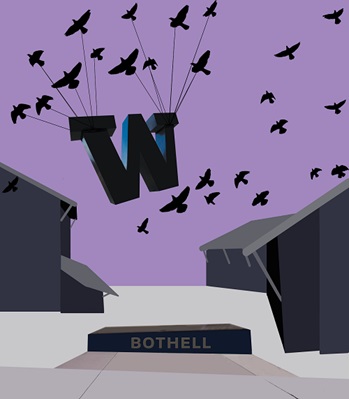
Crows also seem to inspire surreal art. Verlinde created one such illustration for the summer camp.
“Get Carried Away with Crows” shows a few of the black birds flying off with the big “W” on campus “because I can imagine them taking over the school,” she said. “You might show up the next day, and there’ll be a crow statue there.”
The public can learn about crows and other Bothell area wildlife this October in a Campus Research Connection about how researchers monitor the local environment.


